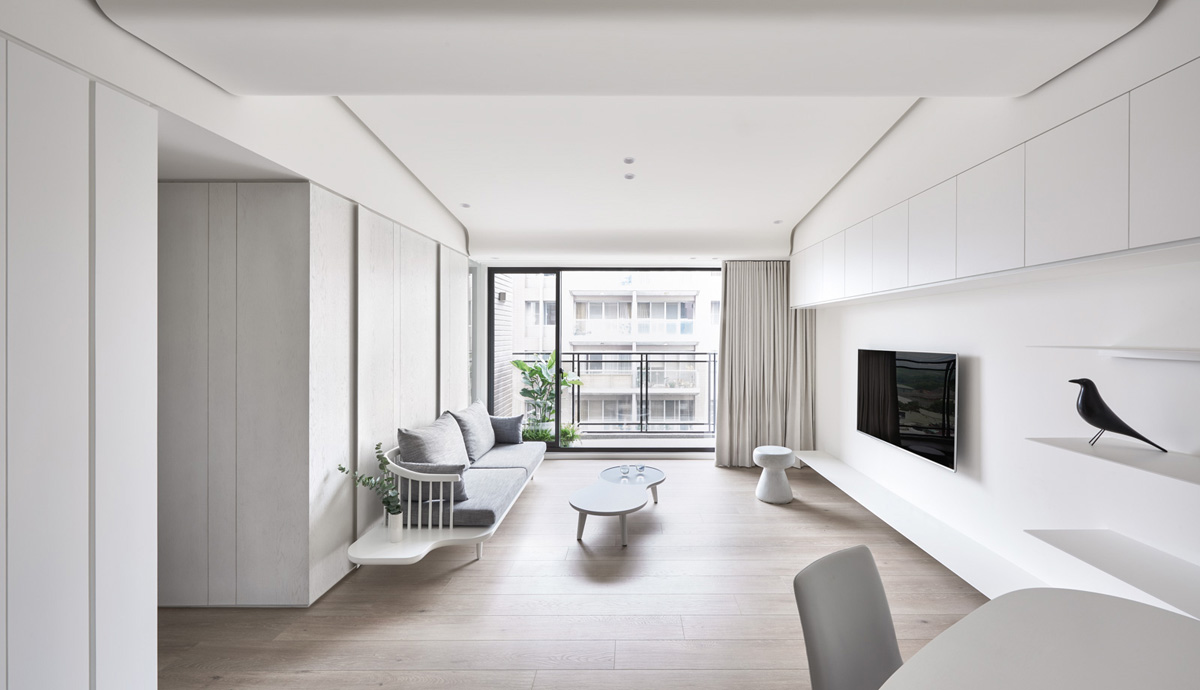
In the world of construction, liquid waterproofing membranes have revolutionized the way buildings are protected from water damage. Unlike traditional methods, these advanced coatings form a seamless, durable barrier that not only enhances a structure’s lifespan but also reduces maintenance costs. This comprehensive guide explores the role, benefits, applications, and innovations of liquid waterproofing membranes, underscoring their significance in modern construction.
Understanding Liquid Waterproofing Membranes
What Are Liquid Waterproofing Membranes?
Liquid waterproofing membranes are liquid-applied coatings that cure into a flexible and continuous waterproof barrier. These membranes are designed to adhere to a variety of substrates, including concrete, metal, and wood, ensuring water cannot penetrate the surface. Their elasticity and seamless nature allow them to adapt to complex shapes and structural movements, making them superior to traditional sheet membranes that can leave vulnerable joints or seams.
Key benefits include:
- Seamless Protection: No joints mean fewer opportunities for leaks.
- Flexibility: Adapts to the natural expansion and contraction of structures.
- Versatility: Suitable for various surfaces and environments.
Types of Liquid Waterproofing Membranes
- Acrylic-Based Membranes: Lightweight, UV-resistant, and ideal for areas exposed to sunlight. These are often chosen for roofs and outdoor surfaces.
- Polyurethane Membranes: Known for their high tensile strength and durability, they are perfect for challenging environments like basements and terraces.
- Hybrid Solutions: A blend of materials such as acrylic and polyurethane to combine the strengths of both.
How Liquid Waterproofing Works
Liquid waterproofing forms a barrier through chemical curing or drying. When applied, the liquid fills surface irregularities, bonding strongly to the substrate and creating a continuous, impermeable layer. This adaptability ensures optimal protection even on uneven surfaces or areas subject to frequent movement, such as roofs or foundations.
Advantages of Liquid Waterproofing Membranes
Enhanced Durability
Liquid waterproofing membranes are engineered to withstand harsh weather conditions, UV radiation, and chemical exposure. This makes them a long-lasting solution for preventing water ingress. For structures in challenging climates or high-moisture environments, these membranes ensure peace of mind by maintaining their integrity over decades.
Seamless Application
Traditional sheet membranes often fail at the seams, creating potential points for leaks. Liquid membranes eliminate this issue by providing a seamless finish. They are ideal for irregularly shaped or hard-to-reach areas like corners, joints, or curved surfaces.
Cost-Effectiveness
Although the upfront cost of liquid membranes may be higher than some alternatives, they offer significant savings over time. With reduced maintenance needs and fewer repairs, their lifecycle cost is far lower. Their ability to extend the lifespan of a structure also contributes to long-term financial benefits.
Environmental Benefits
Many liquid waterproofing solutions now come with environmentally friendly formulations, including low VOC (volatile organic compound) options. They support green building initiatives by being safer for both installers and the environment.
Common Applications of Liquid Waterproofing Membranes
Roofing Solutions
Flat roofs, in particular, benefit greatly from liquid membranes due to their susceptibility to ponding water. The seamless barrier ensures water does not pool or seep into the structure, prolonging the roof’s lifespan.
Basements and Foundations
These areas are constantly exposed to groundwater pressure, which can lead to leaks and structural weakening. Liquid waterproofing provides robust protection, preventing water intrusion and preserving the building’s foundation.
Balconies and Terraces
Balconies and terraces face constant exposure to weather elements. Liquid membranes protect these spaces from cracking and water penetration, ensuring they remain safe and visually appealing.
Wet Areas in Buildings
Bathrooms, kitchens, and swimming pools are prone to water leakage that can damage underlying materials. Applying liquid membranes creates a waterproof barrier that protects the substrate and prevents costly repairs.
Key Factors to Consider When Choosing Liquid Waterproofing Membranes
Material Compatibility
Ensure the selected membrane is compatible with the surface material. For example, polyurethane membranes are excellent for concrete, while acrylic membranes work well on metal surfaces.
Application Method
Depending on the project, liquid membranes can be applied using spray equipment, rollers, or brushes. The chosen method should suit the project’s size and complexity.
Weather Conditions During Application
Optimal results require the right environmental conditions. High humidity or low temperatures during application can interfere with curing and reduce the membrane’s effectiveness.
Product Durability Ratings
Always verify the product’s ratings for tensile strength, elasticity, and resistance to weathering to ensure its suitability for the intended application.
Step-by-Step Guide to Applying Liquid Waterproofing Membranes
Surface Preparation
- Clean the surface thoroughly to remove dirt, grease, or debris.
- Repair any cracks or holes to create a smooth substrate.
- Apply a primer if required, ensuring the membrane adheres effectively.
Application Process
- Apply the first layer evenly using a roller, brush, or sprayer.
- Allow the first coat to dry completely before applying subsequent layers.
- Ensure proper overlap for complete coverage, particularly at joints or corners.
Post-Application Maintenance
- Inspect the membrane regularly for signs of wear or damage.
- Repair small cracks or imperfections immediately to maintain the membrane’s effectiveness.
Challenges and Solutions in Using Liquid Waterproofing Membranes
Common Issues During Application
- Uneven Coverage: Can lead to weak spots and potential leaks.
- Bubble Formation: Often caused by improper surface preparation or air entrapment.
How to Overcome These Challenges
- Follow manufacturer instructions meticulously, particularly for curing times.
- Use high-quality tools and ensure surfaces are completely dry and clean before application.
Future Trends in Liquid Waterproofing Technology
Innovations in Material Science
The rise of nanotechnology is paving the way for self-healing membranes that can automatically repair minor damage, significantly extending their lifespan.
Integration with Smart Construction Practices
Digital monitoring systems now allow for real-time tracking of waterproofing performance. This innovation ensures timely maintenance and early detection of issues, making buildings safer and more sustainable.
Conclusion: Key Takeaways
Liquid waterproofing membranes offer a modern solution to one of construction’s most persistent challenges: water intrusion. Their flexibility, durability, and ability to create a seamless barrier make them an invaluable asset for protecting and extending the life of structures. By incorporating these membranes into your projects, you ensure long-term cost savings, sustainability, and peace of mind.
FAQs
How long do liquid waterproofing membranes last?
Liquid membranes can last 20–30 years or more with proper installation and maintenance.
Can liquid waterproofing be applied to all surfaces?
Yes, liquid membranes are versatile and can bond with a variety of surfaces, including concrete, metal, and wood.
Are liquid membranes safe for the environment?
Many modern formulations are eco-friendly, featuring low VOC emissions and sustainable ingredients.
What are the costs associated with liquid waterproofing?
The cost depends on the project size and product type, but liquid membranes often reduce long-term expenses due to their durability and low maintenance.
How can I maintain a liquid waterproofing system?
Regular inspections, prompt repairs, and avoiding mechanical damage can extend the lifespan of a liquid waterproofing membrane.

